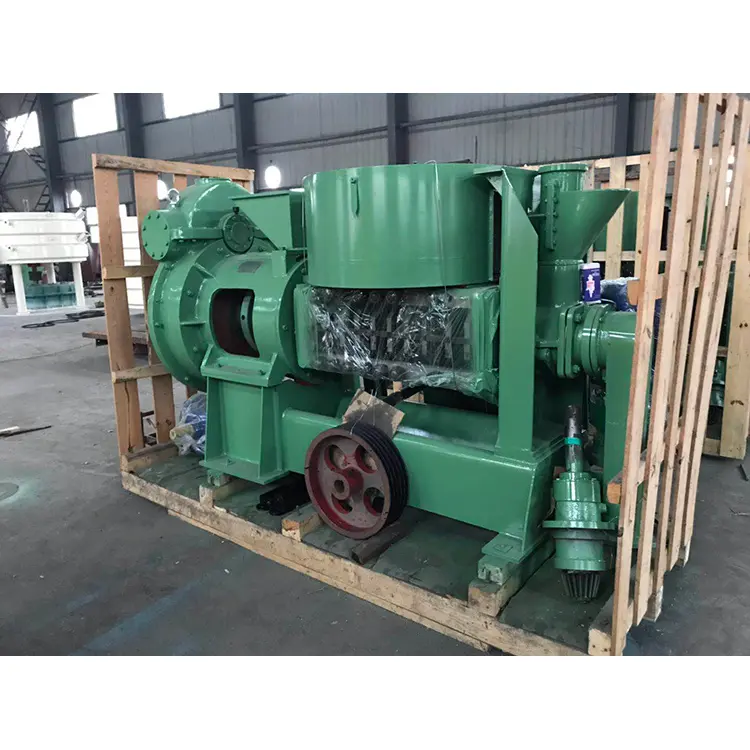Nov . 27, 2024 20:13 Back to list
Production Line Solutions for Vegetable Oil Manufacturing and Processing Equipment
Understanding Vegetable Oil Production Line Products
The vegetable oil production line is a vital component of the agribusiness sector, transforming raw plant materials into edible oils used globally for cooking, baking, and food processing. As the demand for healthy and sustainable cooking oils continues to rise, understanding the production processes and products in this industry is essential.
The Production Process
The vegetable oil production process consists of several key steps seed preparation, extraction, refining, and packaging. Each of these stages is designed to optimize the yield of oil while maintaining quality.
1. Seed Preparation The journey begins with the selection of high-quality seeds, such as soybeans, sunflower seeds, or canola. The seeds undergo cleaning to remove impurities, followed by drying to prepare them for oil extraction. This step typically involves mechanical processes to break down the seeds and maximize the oil yield.
2. Oil Extraction After preparation, oil extraction can be achieved through mechanical pressing or solvent extraction. Mechanical pressing involves crushing the seeds to release oil, while solvent extraction uses chemicals like hexane to dissolve the oil from the seeds. The choice of extraction method often depends on the type of seed and the desired oil purity.
3. Oil Refining Crude vegetable oil, extracted from seeds, contains impurities such as free fatty acids, phospholipids, and color pigments. Refining processes, including degumming, neutralization, bleaching, and deodorization, are essential to improve the oil’s quality, stability, and appearance. Refined oils are more palatable and have a longer shelf life.
4. Packaging Once refined, the oil is packaged for distribution. Packaging methods can vary, including glass bottles, plastic containers, or bulk tanks, ensuring that the oil remains fresh and uncontaminated until it reaches the consumer.
Product Varieties
The vegetable oil production line yields a wide array of products, each with unique characteristics catering to different culinary and industrial needs. Common products include
vegetable oil production line products

- Soybean Oil Widely used due to its neutral flavor and high smoke point, making it suitable for frying and baking
.- Sunflower Oil Known for its light taste and high levels of Vitamin E and polyunsaturated fats, sunflower oil is a popular choice for salad dressings.
- Canola Oil Extracted from rapeseeds, canola oil is favored for its low saturated fat content and heart-healthy properties. It is versatile for cooking, frying, and food processing.
- Olive Oil Although not produced from a traditional vegetable oil line, olive oil is a prized ingredient known for its health benefits and rich flavor, often used in gourmet cooking.
- Palm Oil Common in many processed foods and snacks, palm oil has a high oxidative stability but raises environmental concerns due to its production practices.
Innovations in Vegetable Oil Production
Technological advancements continue to shape the vegetable oil production landscape. Process innovations improve extraction efficiency and oil quality, while sustainability practices aim to minimize environmental impact. Producers are now exploring the use of renewable energy resources and waste reduction strategies throughout the production process.
Furthermore, consumer preferences are shifting towards organic and non-GMO oils, prompting producers to adapt their offerings. This trend reflects a growing demand for healthier, environmentally friendly food products.
Conclusion
The vegetable oil production line is integral to the global food supply, providing essential cooking oils that contribute to diverse culinary practices. With continuous advancements in production technology and shifts in consumer preferences, the industry is poised for continued growth. Understanding this complex process and the various products it yields is crucial for anyone interested in the agri-food sector, enabling informed choices for both producers and consumers alike.
-
HP 120 Cold Oil Press - Hebei Huipin Machinery | High-Efficiency Oil Extraction
NewsAug.17,2025
-
HP 120 Model Cold Oil Press-Hebei Huipin Machinery|Oil Extraction, Cold Press
NewsAug.17,2025
-
HP 120 Cold Oil Press-Hebei Huipin Machinery|Oil Extraction, Cold Press Machine
NewsAug.17,2025
-
HP 120 Cold Oil Press-Hebei Huipin Machinery|Oil Extraction, Cold Pressing
NewsAug.17,2025
-
High-Efficiency Black Seed Oil Expeller & Cold Press Machine
NewsAug.17,2025
-
HP 120 Model Cold Oil Press - Hebei Huipin Machinery | Oil Extraction Machine, Flaxseed Oil Press
NewsAug.16,2025
